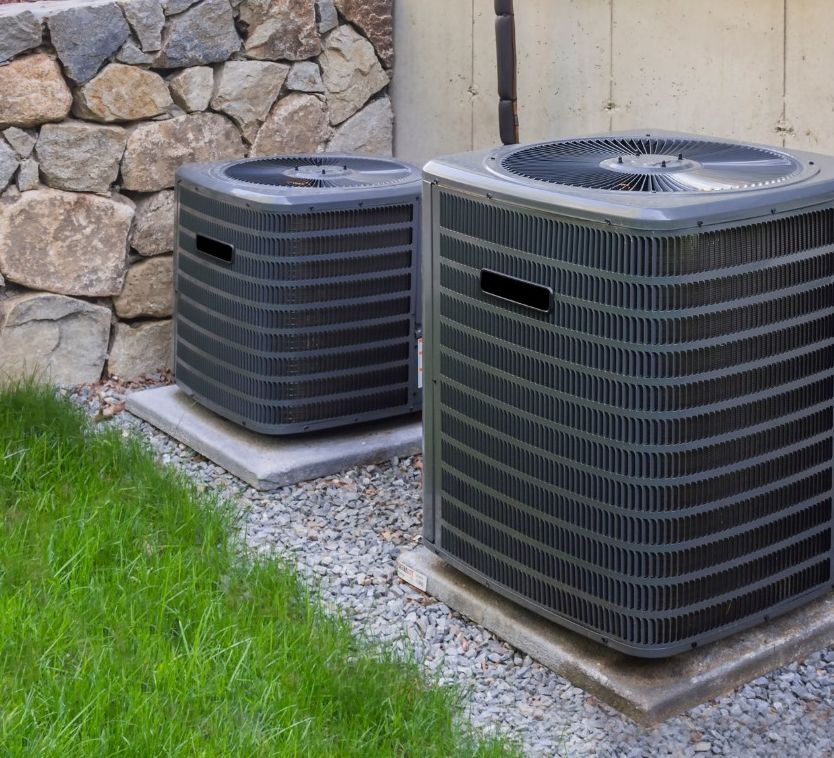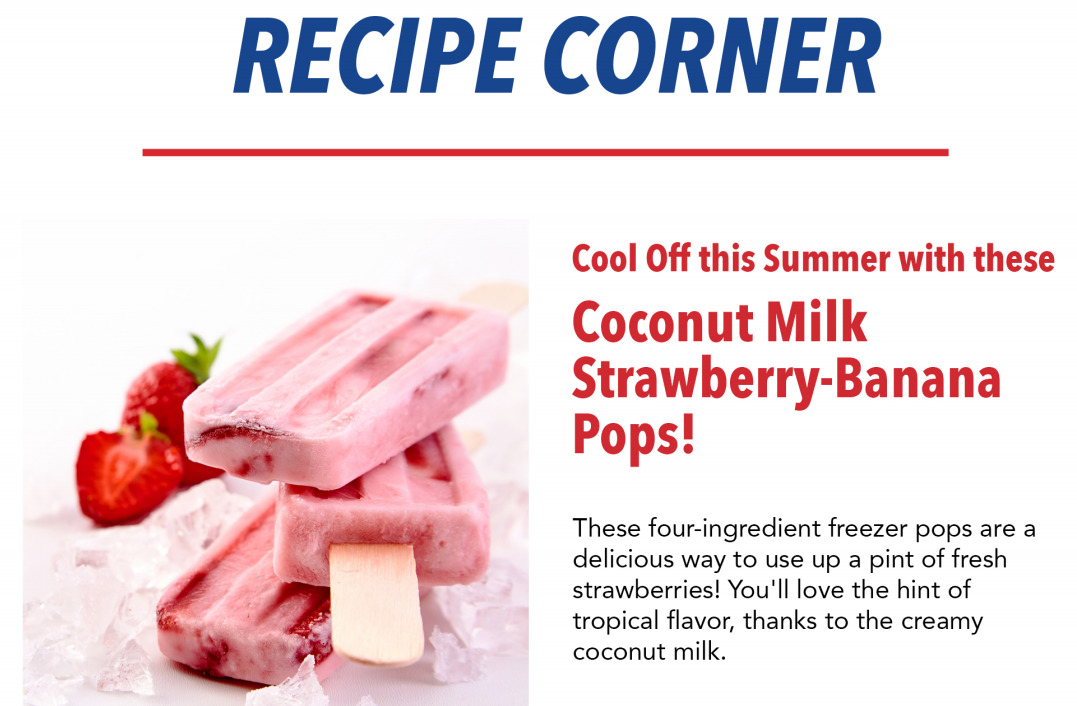
The last thing you want as the temperatures rise across the country is to be caught without a working HVAC system. To help you out, we’ve compiled five of our favorite HVAC maintenance tips to get you through the summer: (1) Replace the Air filter (2) Check the Wiring (3) Upgrade the Thermostat (4) Check the Condenser Unit Fan and finally (5) Clean the Condenser Unit. These are just a few of the tips that you can use to ensure the best results from your HVAC unit this summer!
Replace the Air Filter
Depending on how often your cooling system gets used, your air filter must be replaced every 1-3 months. But it’s a good bet that you never thought about changing the filter at the end of the prior summer, so now’s the perfect time to check it and replace it, if needed.
Check the Wiring
It’s important to check the wiring of your HVAC system on a regular basis to make sure it continues to work properly and remains safe. Turn off the system and open the access panel. If you notice any wires that look burned or blackened, it’s time to call a professional and get them replaced.
Upgrade the Thermostat
We’re guessing that your home already has a programmable thermostat, which enables you to schedule when your cooling equipment comes on and helps control energy costs. But now you can pick up a Wi-Fi model and gain access to the thermostat remotely through any internet connection.
Check the Condenser Unit Fan
Since the outside condenser unit is exposed to the elements, the fan can get damaged due to debris that slips through the slits. A damaged fan can cause more severe problems and a lack of proper operation, so if you notice any issues, replace the fan right away.
Clean the Condenser Unit
It doesn’t take long before dirt, leaves, grass, and other debris gets into or on top of the outside condenser unit. This will reduce air flow, forcing your system to work harder and costing you more money. Remove whatever debris you can by hand, then switch off the unit and wash it out with a garden hose.


A water filtration system can fill the gap between local water quality standards and your own more selective criteria. Is the water delivered to your home by a municipal water utility safe? Probably. Is it optimum in terms of health, purity and taste? Not necessarily. Once municipal water meets local and federal standards, raising water quality to the next level is up to the individual homeowner.
When the status quo just isn’t acceptable, there are two general categories of enhanced filtration: Point-of-Use Water Filtration and Whole-House and Point-of-Entry Filtration.
Point-of-Use Water Filtration
Individual fixtures like a single kitchen sink may be served by point-of-use filtration. These filters are usually installed in the under-sink cabinet, and they may incorporate a dedicated faucet that dispenses filtered water for cooking and consumption, while the existing faucet supplies standard municipal water for washing and other purposes.
Point-of-use filtration ranges from basic cartridge filters that simply remove sediment to activated carbon filters to extract organic pollutants that cause odors and affect taste to the more complex reverse osmosis systems that take out chemicals like chlorine and sulfates.
Whole-House, Point-of-Entry Filtration
Also known as whole-house water filtration, point-of-entry systems incorporate large capacity filtration. This type of system connects to the main water supply line where it enters the house, filtering all water to all fixtures in the home. Most point-of-entry filters are multi-stage. Multiple canisters customize filtration to address particular purity and taste preferences, and they can incorporate an array of different filter media.
A water-softening ion exchange stage to eliminate mineral content and reverse osmosis to extract chemical pollutants are available on a whole-house basis, without restricting treated water to dedicated fixtures only. To target certain quality issues, filtration options can include specialized equipment such as UV light generation technology that sterilizes water by killing viruses and bacteria.
If you want healthy and great-tasting water, talk to the water quality specialists at Sobieski Services – we are happy to help!

Ingredients:
1 can (13.66 ounces) coconut milk
1 pint fresh strawberries, chopped, divided
1 medium banana, sliced
2 tablespoons maple syrup
12 freezer pop molds or 12 paper cups (3 oz. each) and wooden pop sticks
Place coconut milk, 1-1/2 cups strawberries, banana and syrup in a blender; cover and process until smooth. Divide remaining strawberries among 12 molds or paper cups. Pour pureed mixture into molds or cups, filling 3/4 full. Top molds with holders. If using cups, top with foil and insert sticks through foil. Freeze until firm, at least 4 hours.


